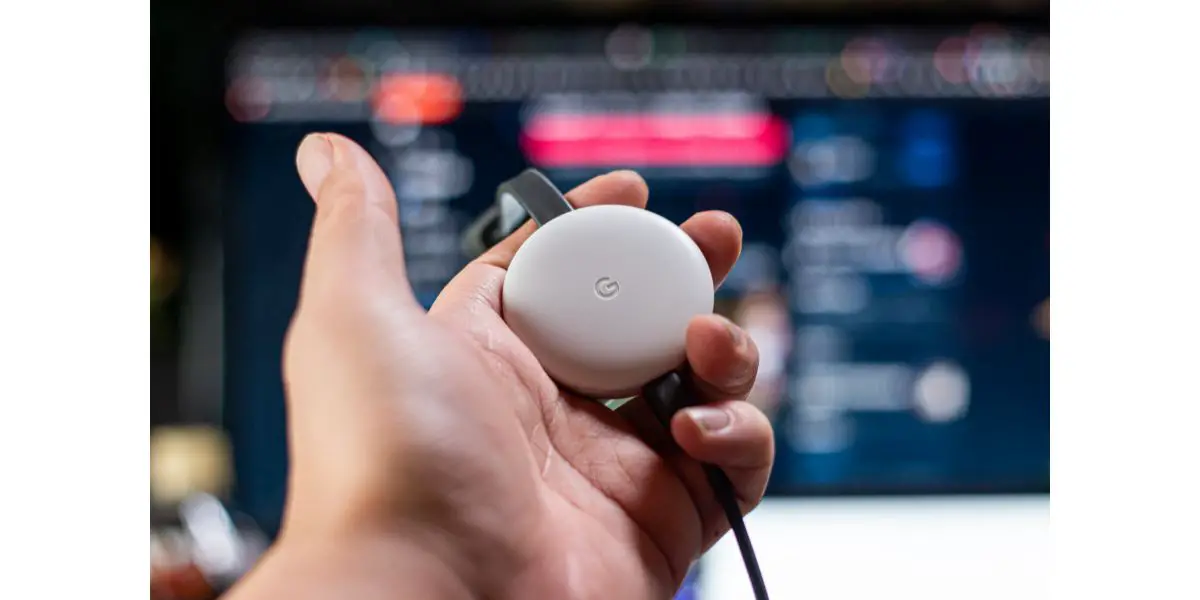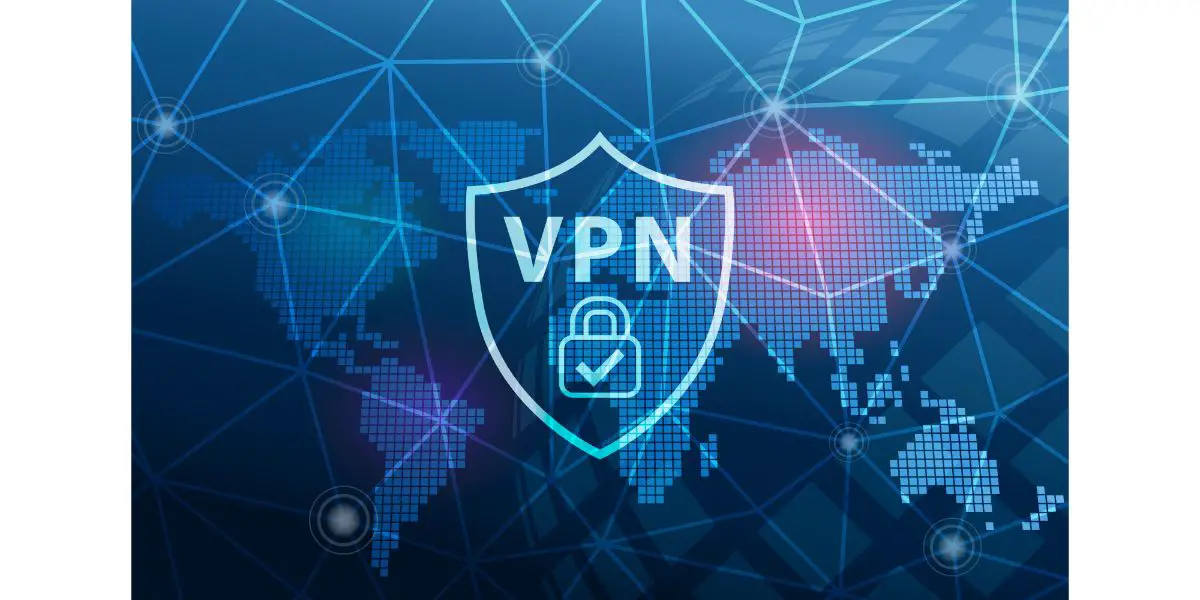Disclaimer: This post may contain affiliate links, meaning we get a small commission if you make a purchase through our links, at no cost to you. For more information, please visit our Disclaimer Page.
Chromecasts are not as susceptible to viruses as laptops and PCs. Still, Chromecasts are exposed to security threats such as hackers, but there are several ways you can protect your device. Let’s take a look at how vulnerable a Chromecast really is and some tips to ensure that you and your device stay protected.
Table of Contents
How Your Chromecast Can Get Malware
Sadly, the spread of malware has gone beyond laptops and PCs. Antivirus software can no longer detect and protect against viruses as efficiently as before.
However, Android doesn’t have viruses in a strict sense. A virus is a self-replicating malicious software, and there currently aren’t any viruses for Android devices. Chromecast uses a version of Android, so it’s at least as secure as your phone.
However, Android devices—including your Chromecast—can get malware. Although it’s not as obvious how a Chromecast could get malware, there are a few ways it can happen.
The most likely way your Chromecast could get malware is through downloading a malicious app. Android TV has access to the Play Store, and although Google tries to regulate the apps that are available to be downloaded, some malicious apps still slip through the cracks.
This malware could do things like show you unwanted ads while you’re using other apps or even take your personal information.
Needless to say, apps downloaded from third-party sites are much more likely to carry malware. Be careful about installing an app that came from outside the Play Store.
Another less likely way your Chromecast could get infected is by clicking on malicious ads. If you’re one of the few people that use their Chromecast to browse the internet, keep this possibility in mind.
How to Know if Your Chromecast Has Malware
Not every malware is easy to notice, but there are some telltale signs that your Chromecast has been infected with malicious software.
Your Chromecast Is Overheating
Some malware takes hold of your device’s processing power for some malicious intention or simply to ruin your experience. If your Chromecast is overheating and there aren’t any other visible issues, it might be that it’s been infected by malware that’s using its processor.
Your Chromecast Is Glitching
A common symptom of malware is excessive glitching. Glitches are caused by commands that don’t make sense for the operating system.
A common malware-induced glitch in Android devices is the apps crashing or freezing. Your Google TV home screen could also freeze, requiring you to restart the device.
You’re Seeing Unexpected Ads or Apps
One of the most common intents of malware in Android devices is showing you unwanted ads. If you’re seeing pop-up ads in the middle of the home screen, there’s definitely something wrong with your Chromecast. You may also see ads while using streaming services that shouldn’t be showing you ads.
Malware may also download and install a malicious app into your Chromecast. If you see an icon of an app you don’t remember installing, you have reasons to be suspicious.
What to Do If Your Chromecast Has Malware
The simplest and perhaps most important way to protect your Chromecast against malware is to keep it updated.
However, if it does get infected with malware, your best bet is to do a factory reset. Since a Chromecast doesn’t really store much, if any, personal data, resetting it usually isn’t a big deal. The process is very simple:
- Plug the Chromecast into your TV if it isn’t already.
- Press and hold the button on the back of the Chromecast until the LED light starts blinking yellow.
- Wait until the LED turns white and release the button.
- Follow the on-screen instructions to set up your Chromecast.
You can also try installing antivirus apps, but most won’t work on a Chromecast with Google TV. Some of the most reputable antivirus apps for Android TV are Avast and Dr. Web Security Space.
Even if these apps manage to identify the problem, they won’t necessarily remove the malware.
Chromecast Is Prone to Hacking Attacks
As you can see, you shouldn’t be too worried about viruses and malware infecting your Chromecast. However, hacker attacks are a different matter.
In 2019, two hackers proved that the security measures of the Chromecast are still lacking. They were able to hack devices into streaming any form of media that the hackers wanted.
The primary reason for the hacking was to prove that Google and Android needed to step up their protective measures. Google has always branded Chromecast’s simplicity as the main selling point. Still, sadly, devices that are too simple tend to be the most prone to attacks.
There were also reports of deauthentication attacks, which essentially disconnect your Chromecast device from the Internet, rendering it useless.
How to Protect Your Chromecast From Hacking
To make the most out of your streaming device, we’re sure you’d be interested in knowing how to protect yourself from hackers.
Invest in a VPN
There’s much talk nowadays about VPNs, given how information is proving to be a more valuable resource as the years go on. VPN encrypts your data and prevents your Internet activities from being released into the open.
You can install a VPN for your Chromecast by following these steps:
Older Chromecasts merely mirror your phone screen, so you can’t directly install a VPN on the device. You can install a VPN for the router or your phone instead.
Some VPN apps, such as ExpressVPN, offer a list of routers with which their service is compatible. Check this link out to see if your router is compatible. This will cover your entire home network.
If you have a Chromecast with Google TV, it can download and run apps, you can simply download a VPN from the Play Store. Some popular VPNs are ExpressVPN, Surfshark, and NordVPN.
Disable the Guest Mode
Guest Mode allows anyone within the proximity of your Chromecast to broadcast on your screen from a mobile or tablet whenever they want. This feature is fun, but it does pose some hacking risks.
You can disable the mode through the following steps:
- On the Google Home app, go to Devices.
- Look for the Chromecast app on the list of devices.
- Click on the Chromecast menu and select Disable Guest Mode.
Disable the Tracking Feature
What makes networks susceptible to hacking is how predictable they become to hackers. When your activity is exposed, hackers can design the perfect mechanisms to let them access your data.
Although the tracking feature was included in the Chromecast for convenience, it also poses some risks. Hackers may freely expose your viewing behavior to others; I know not everyone wants that.
You can disable the tracking feature through the following steps:
- On the Google Home app, go to Devices.
- Select your Chromecast and go to settings.
- Uncheck the box that says “Send Chromecast Device Usage Data & Crash Reports to Google.”
Conclusion
Although prone to malware, Chromecast is still a reliable device overall. If you remain vigilant and follow the tips we’ve explained in this article, you can surely watch your favorite shows worry-free.
Now, if you still are apprehensive about the Chromecast with all the information presented in this article, we have written another article detailing the many ways you can cast wirelessly onto a display.


